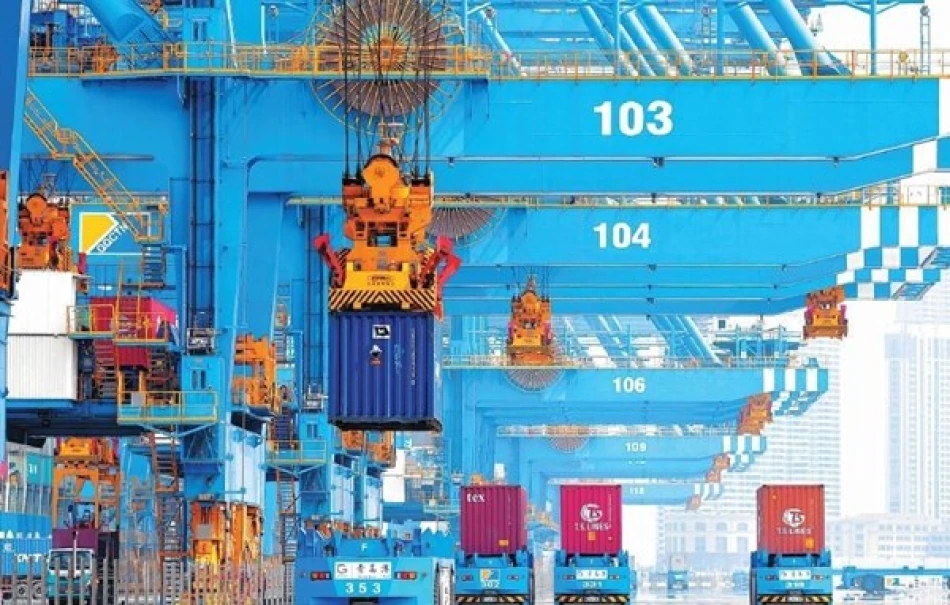
China's International Trade in Goods and Services Surges 6% in June
China's Trade Surplus Hits $70 Billion as Export Engine Powers Through Global Headwinds
China recorded a robust $70.1 billion trade surplus in June, driven by exports reaching $329.2 billion against imports of $259.1 billion. The country's total international trade in goods and services climbed 6% year-on-year to $588.3 billion, signaling resilience in the world's second-largest economy despite mounting global uncertainties.
Export Dominance Continues Despite Challenges
The latest figures from China's State Administration of Foreign Exchange underscore the nation's persistent export advantage, with outbound shipments exceeding imports by a significant margin. This 6% annual growth rate demonstrates China's manufacturing sector's ability to maintain competitiveness even as global demand patterns shift and supply chains undergo restructuring.
The $70.1 billion surplus represents a substantial contribution to China's foreign exchange reserves and provides crucial support for the yuan's stability. For a country that has built its economic miracle on export-led growth, these numbers validate the continued effectiveness of China's industrial strategy.
Global Context and Market Implications
Comparison with Other Trading Powers
China's trade performance contrasts sharply with other major economies facing different challenges. While the United States continues to run substantial trade deficits, and European nations grapple with energy-related import costs, China's manufacturing base continues generating positive trade flows. This divergence highlights the structural advantages of China's industrial ecosystem, from low-cost production to integrated supply chains.
Investor and Currency Market Impact
For currency traders and emerging market investors, China's sustained trade surplus provides fundamental support for yuan stability. The consistent dollar inflows from trade surpluses help offset potential capital flight pressures and give Chinese monetary authorities more flexibility in policy decisions.
Export-focused Chinese companies and their international partners benefit from this momentum, while import-dependent sectors face continued pressure from the trade imbalance. Global shipping and logistics companies particularly benefit from sustained Chinese export volumes.
Economic Strategy and Future Outlook
These trade figures arrive as China pursues a delicate balancing act between maintaining export competitiveness and transitioning toward domestic consumption-driven growth. The robust export performance provides policymakers with breathing room to implement structural reforms without sacrificing near-term economic stability.
However, the sustainability of such large trade surpluses faces long-term questions. Rising labor costs, technological decoupling pressures from Western markets, and potential retaliatory trade measures could challenge China's export dominance. The key metric to watch will be whether China can maintain this growth rate as global economic conditions potentially deteriorate in the latter half of the year.
For now, China's trade engine continues firing on all cylinders, providing a crucial anchor for both domestic economic stability and global supply chain reliability.
Most Viewed News

 Layla Al Mansoori
Layla Al Mansoori






